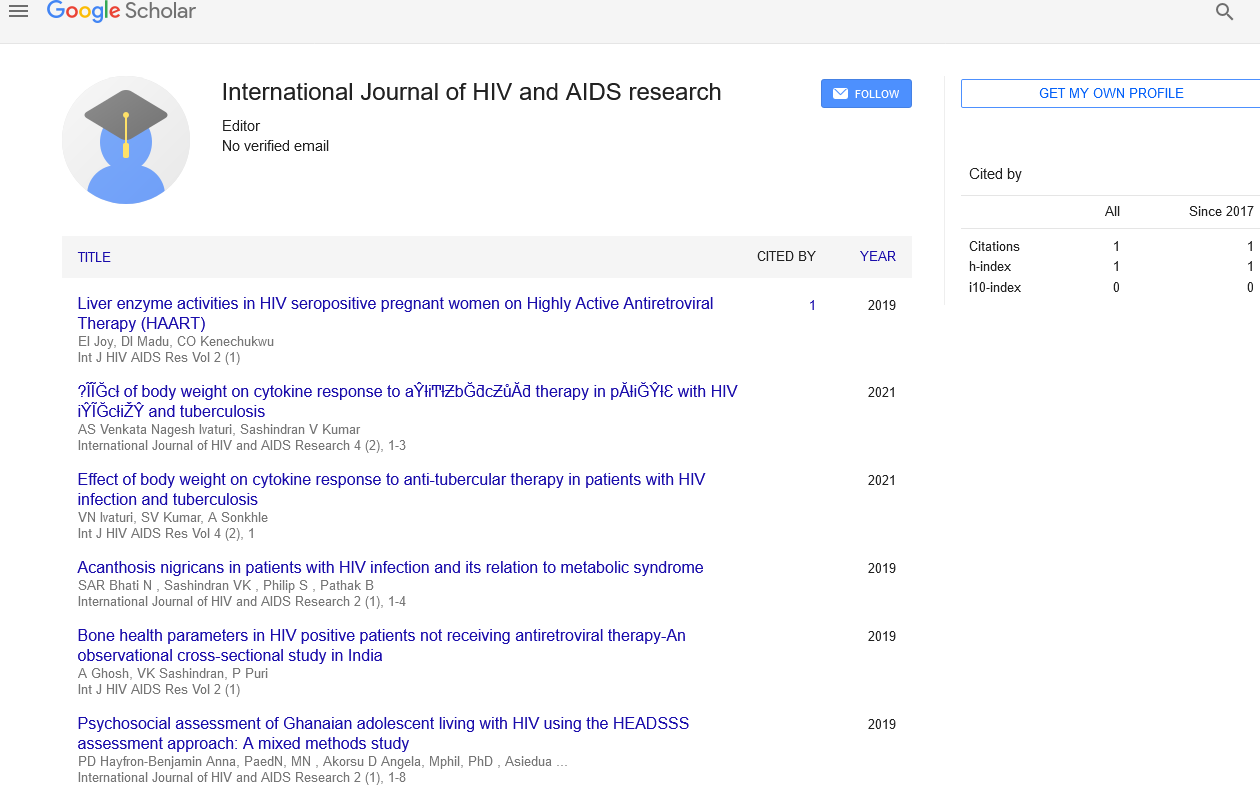Systematics, Characteristics, and Applications of Acetic Acid Bacteria in Food Industry
Received: 02-Mar-2022, Manuscript No. PULAFSJ-22-4529; Editor assigned: 15-Mar-2022, Pre QC No. PULAFSJ-22-4529(PQ); Reviewed: 31-Mar-2022 QC No. PULAFSJ-22-4529(Q); Revised: 02-Apr-2022, Manuscript No. PULAFSJ-22-4529(R); Published: 12-Apr-2022, DOI: 10.37532/pulafsj.22.6(2).012
This open-access article is distributed under the terms of the Creative Commons Attribution Non-Commercial License (CC BY-NC) (http://creativecommons.org/licenses/by-nc/4.0/), which permits reuse, distribution and reproduction of the article, provided that the original work is properly cited and the reuse is restricted to noncommercial purposes. For commercial reuse, contact reprints@pulsus.com
Abstract
Acetic acid bacteria (AAB) are members of the Acetobacteraceae family, which contains multiple genera and species. Acetobacter, Acidomonas, Ameyamaea, Asaia, Bombella, Commensalibacter, Endobacter, Gluconacetobacter, Gluconobacter, Granulibacter, Komagataeibacter, Kozakia, Neoasaia, Neokomagataea, Nguyenibacter, Saccharibacter, Swaminathania, Swingsia, and Tanticharoenia are among the nineteen. Because of their strong capacity to oxidise ethanol to acetic acid and high resistance to acetic acid introduced into the fermentative media, the principal species responsible for vinegar production belong to the genera Acetobacter, Gluconacetobacter, Gluconobacter, and Komagataeibacter.
Commentary
Acetic acid is a clear, colourless liquid with an annoying vinegar odour observable at 1 ppm, as well as being poisonous and ag- -ressive. The usual boiling point is 117.9°C and the melting point is 16.73°C. Acetic acid is commercially sold as glacial acetic acid, which contains less than 1% water and has a concentration of above 98 percent, with various contaminants originating from the manufacturing process. Pure acetic acid has a density of 1.0491 at 20° C and 0.9599 at 100°C. Acetic acid is extremely hygroscopic. The freezing point of water solutions can be used to determine its purity. Acetic acid is an important commodity chemical that is mostly generated from natural gas. The global demand for acetic acid reached 6.4 million tonnes in 1999. Homogeneously catalysed methanol carbonylation technique accounts for more than 60% of total production capacity. New liquid- and vapour-phase methods for methanol carbonylation that use heterogeneous catalysts are in varying stages of commercialization.
The most commonly reported species in vinegar production are Acetobacter aceti, Acetobacter cerevisiae, Acetobacter malorum, Acetobacter oeni, Acetobacter pasteurianus, Acetobacter pomorum, Gluconacetobacter entanii, Gluconacetobacter liquefaciens, Gluconobacter oxydans, Komagataeibacter europaeus, Komagataeibacter hansenii, for several AAB species, the production of additional metabolites, such as l-sorbose from d-sorbitol and dihydroxyacetone from glycerol, has also been documented. Another notable trait of AAB is their ability to create extracellular polymers, such as bacterial cellulose, which is mostly synthesised by Gluconacetobacter and Komagataeibacter species. This polymer is highly flexible, with unique qualities (e.g., high water-holding capacity, ultrafine network structure, biocompatibility, and high crystallinity) that support a variety of commercial applications, such as wound dressing, functional food additive, and tablet manufacturing.
AAB are aerobic bacteria that can exist individually, in pairs, or in chains. They are Gram-negative or Gram-variable, catalase-positive and oxidase-negative, ellipsoidal to rod-shaped cells that can occur singly, in pairs, or in chains. They are likewise mesophilic bacteria, with an optimal growth temperature of 25 to 30 °C. Their optimal pH range for growth is 5.0–6.5, however they can also thrive at lower pH levels.
New Acetic Acid Bacteria (AAB) species and genera have been proposed in recent decades. As a result, their classification and taxonomy have undergone multiple changes and updates based on genetic, physiological, and biochemical properties. Because of their great ability to oxidise ethanol, sugar, and sugar alcohols, as well as in the production of pure and crystalline cellulose, a biopolymer with considerable commercial applications, these bacteria play an essential role in the biotechnological and food sectors. AAB is also utilised in the manufacture of vinegar and kombucha beverages, both of which contain antioxidant characteristics and are good to human health. Many factors, however, continue to influence the recovery, isolation, and enumeration of AAB strains from fermented foods, necessitating the development and use of novel technologies for this purpose.
AAB species are well known for their capacity to oxidise alcohols, aldehydes, sugars, and sugar alcohols in the presence of oxygen. The associated oxidation products, such as carboxylic acids, accumulate in the culture medium as a result of these oxidative activities. These oxidative processes are catalysed by primary dehydrogenases, which are found on the cytoplasmic membrane's outer surface.





